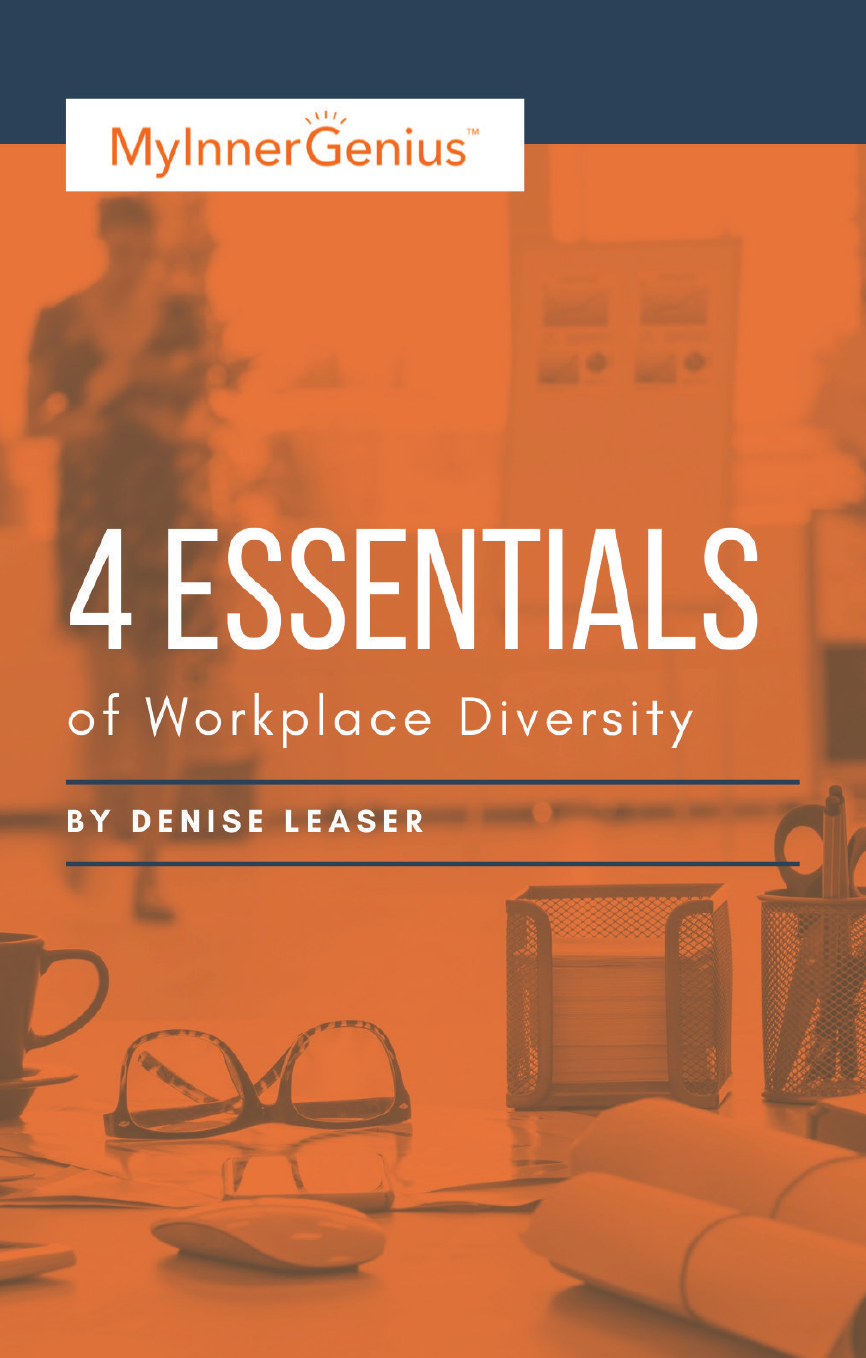Hidden bias is the spectre that haunts the workplace—many of us can see it, but it’s effects on workers from marginalized backgrounds is very real. Nearly 50% of black and latina women say they have been mistaken for custodians, even if they were in positions of power within the company. Employees over six feet have been shown to earn more than employees under six feet. Sounds ridiculous, right? It is, but that doesn’t mean it’s not a problem.
The most shocking statistic? Bias can cost you—big time. Forbes revealed that the annual cost of replacing employees due to unfair practices or discrimination was $64 billion dollars. The bias might be hidden, but it’s consequences are right out in the open.
While removing bias will take a concentrated effort on the part of everybody in your workforce, there are things you as a manager can do. Here are four small things you can do to defeat unconscious bias that will have a big impact.
Mentorship Program
For employees from marginalized backgrounds, it’s important to make your workplace feel like a welcoming and safe place and assure them that they have just as much chance to succeed as everyone else. If you have a large enough workforce, I would suggest setting up a mentorship program that pairs new hires with older, established employees who can show them the ropes around the office and make sure they have all the tools they need.
It’s already an isolating experience to be a new employee at a company, so assigning new hires a person to regularly touch base with and bring their questions to will help bring them into your environment. Be thoughtful when you’re pairing new employees with senior members. If your force is predominantly male and your new employee is female, it might be a good idea to set her up with one of the few female employees as a mentor. People want representation and to know that, by seeing someone of their background, gender, or race can succeed in the workplace that they can as well.
Overall, having a mentorship program in place will help new employees feel like they’re part of the team right away and make them more comfortable sharing their unique perspectives and solutions. The more we allow employees from marginalized backgrounds to establish themselves as part of the team, the faster we reduce bias lurking in our workplace.
Give employees a voice
Don’t leave all decisions in the hands of senior management. For sweeping changes, make sure that all employees have a voice in the company. Initiate surveys—nameless ones are recommended so that employees have total confidence speaking their minds. Your workforce will begin to feel more like a team and you’ll be able to gather data so you can make the best decisions for everybody.
Massive changes around the office are going to leave some employees at a disadvantage. If you want to have a fair workplace where everybody can succeed, you’re going to need to make some accommodations on a case-by-case basis. Remember, employees exist outside the office. Their ability to balance their work and home lives plays an important role in their productivity. So listen to what they have to say, and be willing to make adjustments within reason.
Be accountable
As the manager, the well-being of your employees falls heavily on your shoulders. If diverse team members consistently feel uncomfortable or accusations of unfair treatment keep getting brought up, this is a problem for you to solve. Be accountable and proactive when it comes to dealing with these issues.
When somebody comes to you with accusations of discrimination, take them seriously. Women and employees of color aren’t going to sacrifice their positions with false accusations—if they’re coming to you, it’s because they sincerely believe they’ve been treated unfairly. Right or wrong, you owe it to them to get involved in the situation.
Swap out resumes for Assessments
A great way to remove hidden bias from your workplace is to cut it off at the source—the hiring process.
The fact is this: resumes just aren’t a good source of information to base hiring decisions on. They give you limited information about the employee and, depending on who’s looking at the resume, little things like the employee having a non-traditional (or non-white sounding) name or being from a particular part of town could impact whether or not they get a call-back for an interview.
Because they’re such an inhibitor to fair hiring, why not just get rid of resumes altogether? Instead, opt for pre-hire assessments that will give you a more rounded picture of your applicant. Think about it this way, if they have the skills necessary to do the job you’re hiring for, does it matter if they went to a university or trade school? If they have the right capabilities, does it matter where they gained their experience or if they even have experience in the areas you think are relevant? If the position can be done completely virtually, why only search for people in your area? The hiring process needs restructuring from top to bottom, but making the change from resumes to assessments is the start of eradicating bias.

